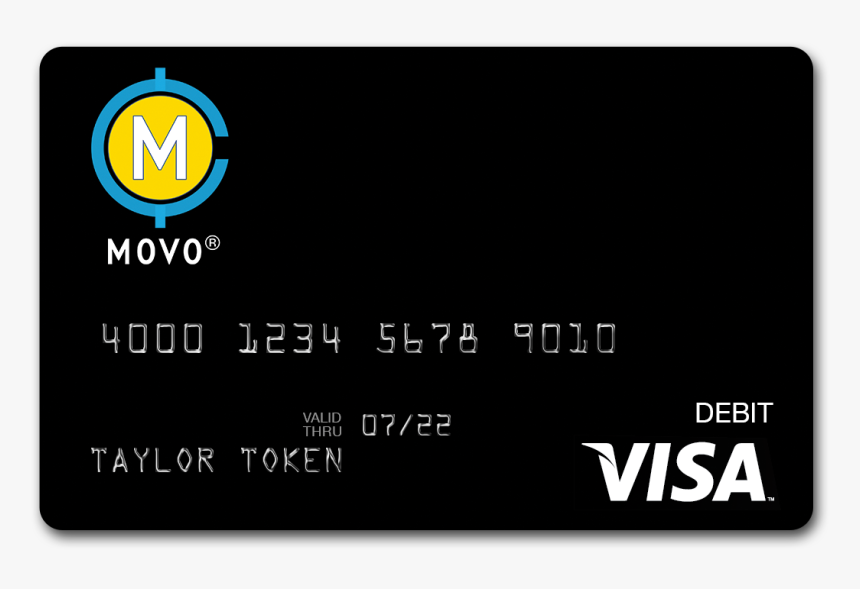NFT Investing: A Fundamental Introduction to Non-fungible Tokens
In recent years, non-fungible tokens (NFTs) have surged in popularity, creating a new frontier for digital ownership and investment. As a unique form of digital asset, NFTs are changing how we think about art, collectibles, and even real estate in the virtual world. For individuals between the ages of 20-50 with financial goals and consumption ability, NFTs present an exciting opportunity, but it’s crucial to understand how they work before diving in. This guide will break down the essentials of NFT investing.

1. What Are NFTs? Understanding the Basics
Non-fungible tokens, or NFTs, are digital assets, such as virtual real estate, music, films, or digital art, that stand in for ownership or provide authenticity for a singular object. Since NFTs are not convertible into other cryptocurrencies like Bitcoin or Ethereum, each NFT is unique or a part of a limited edition.
NFTs, which are based on blockchain technology, enable decentralized ownership and tracking. Upon acquiring an NFT, you effectively become the owner of a blockchain-stored digital certificate that authenticates your possession. The NFT demonstrates that you are the legitimate owner of the original, even in cases when the digital object can be copied.
2. How NFTs Have Revolutionized Digital Ownership
It was difficult to establish ownership of digital goods prior to NFTs. Ownership is obvious in the physical world: if you purchase an original painting, you are the owner of the canvas. However, it can be challenging to establish ownership when it comes to digital content because copies of things like photos, films, and music are easily copied.
By integrating ownership and validity into the blockchain, NFTs alter that. This change has given customers the opportunity to purchase unique, unusual digital assets while also providing new avenues for artists, musicians, and producers to monetise their work. Consequently, the NFT market has experienced exponential growth, with some items fetching prices in the millions.
3. Why People Invest in NFTs
The allure of NFTs lies in their uniqueness, scarcity, and potential for long-term value appreciation. Here are a few key reasons why people invest in NFTs:
- Digital Art and Collectibles: Many NFTs are digital art pieces or collectibles. Just as physical art can appreciate over time, some investors hope that the value of their NFT artwork will increase, leading to future profits.
- Community and Status: Owning certain NFTs can provide access to exclusive communities or be seen as a status symbol, similar to owning a rare sports car or luxury watch.
- Early Adoption: NFTs are still a relatively new technology, and some investors believe getting in early could lead to significant returns as the market matures.
- Diversification: For traditional investors, NFTs offer a way to diversify their portfolios beyond stocks, bonds, or real estate, tapping into the growing digital economy.

4. Risks and Challenges of NFT Investing
While investing in NFTs has the potential for big returns, it also carries considerable dangers. Here are some challenges to be aware of:
- Market Volatility: The NFT market is highly speculative and volatile. The value of NFTs can rise quickly but may also plummet just as fast. Many NFTs have fluctuated in value based on hype, trends, or the popularity of creators, making it difficult to predict future prices.
- Lack of Regulation: NFTs operate in a mostly uncontrolled marketplace. This lack of monitoring can lead to fraud, scams, and ownership disputes, therefore comprehensive research is essential before making a purchase.
- Liquidity Concerns: While some NFTs sell for millions, others can be hard to sell or may not find a buyer at all. Unlike stocks, which can be sold easily on the stock market, NFTs may take longer to sell, especially if they are niche or not in high demand.
5. How to Start Investing in NFTs
If you're ready to start investing in NFTs, here are the steps you should follow:
- Choose a Platform: Popular platforms for buying NFTs include OpenSea, Rarible, and Foundation. Each platform has its own marketplace where you can browse and purchase NFTs. Ensure you’re familiar with the platform’s fees, rules, and how it handles transactions.
- Set Up a Crypto Wallet: Most NFT transactions are made using Ethereum, so you’ll need a crypto wallet that can hold Ethereum and interact with blockchain platforms.
- Research the Market: Just like investing in stocks or real estate, research is crucial. Look into the artist or creator behind the NFT, check the token’s history, and compare prices of similar items to gauge its value. Don’t jump into a purchase based on hype alone.
- Be Cautious of FOMO (Fear of Missing Out): With the fast-paced nature of the NFT market, it’s easy to get swept up in the fear of missing out on the next big thing. Always invest money that you can afford to lose, and avoid making impulsive decisions.

Conclusion: Is NFT Investing Right for You?
Though there are dangers associated with every investment, NFTs provide a fresh and interesting option to buy digital assets. NFTs can be a wise investment for those in their 20s to 50s who want to diversify their financial portfolios, as long as they do their research. The non-fungible token space is still developing, and although there is a lot of room for expansion, there are also a lot of obstacles. When you're ready to commit, start small, educate yourself, and have fun as you journey into the realm of digital investment.
(Writer:Ganny)





